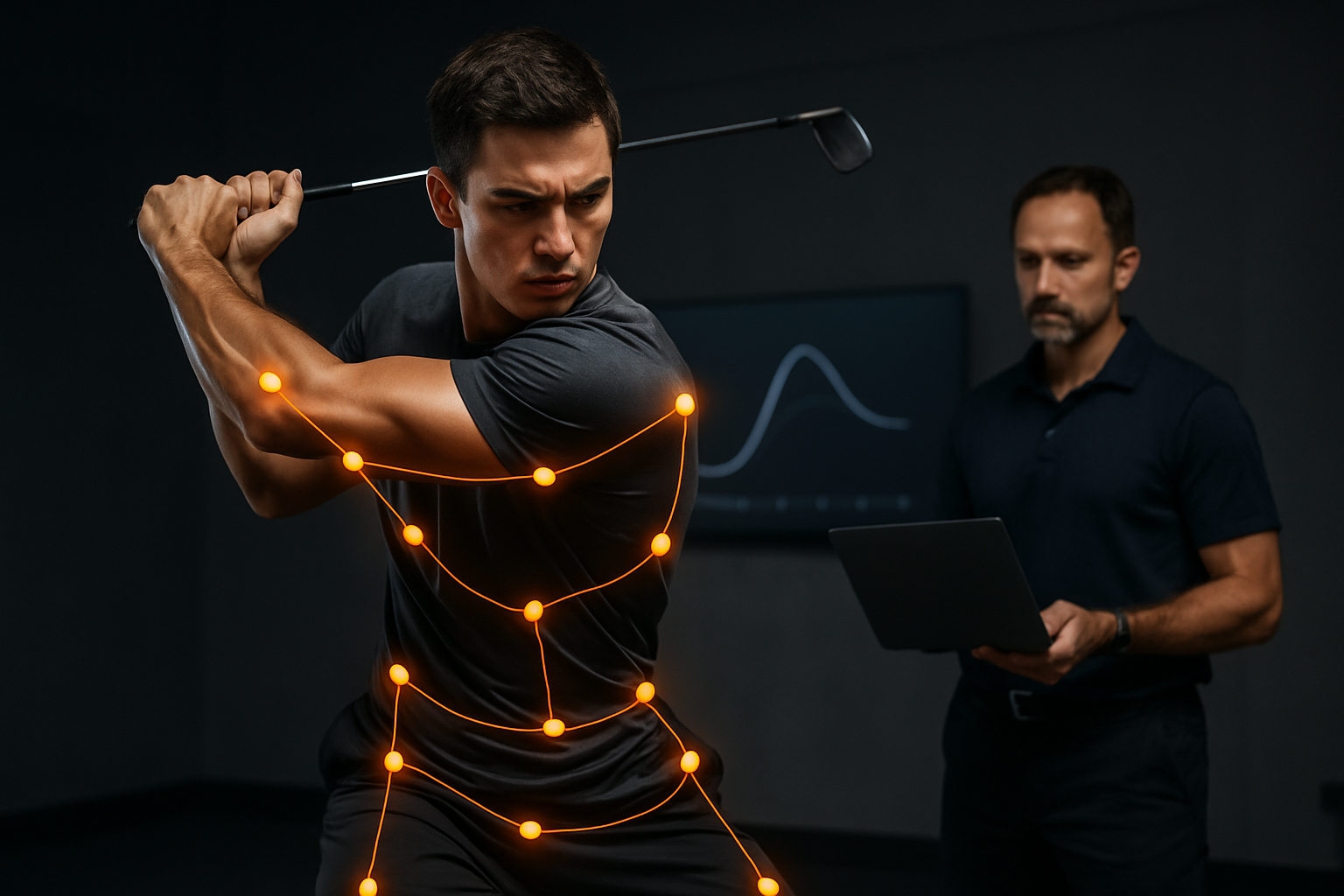Integrating Wearable Biometrics into Athlete Training Workflows
Wearable biometric devices are reshaping how teams and coaches monitor athlete condition and plan training. This overview outlines how wearables, telemetry, analytics, and governance intersect to support performance, recovery, and injury risk management in practical training workflows.

Wearable biometrics have become practical tools for everyday training environments, enabling continuous tracking of physiological and movement data from athletes. Integrating these devices into coaching workflows requires alignment of hardware, telemetry pipelines, analytics models, and governance practices so that collected data improves performance decisions without overwhelming staff or compromising athlete privacy. Successful integration balances signal quality, coaching context, and clear processes for data interpretation and feedback.
How do wearables gather athlete biometrics?
Wearables capture a range of biometrics—heart rate, heart rate variability, respiration, skin temperature, movement accelerometry, and positional data—using sensors embedded in garments, bands, or patches. For athletes, sensor placement and sampling frequency affect signal reliability: chest straps or ECG patches are suited for cardiac metrics, while inertial measurement units in garments or vests capture movement and load. Data preprocessing, including filtering and artifact rejection, is essential before any telemetry stream reaches analytics pipelines so that coaching decisions are based on robust signals rather than noisy measurements.
How does telemetry feed analytics for performance?
Telemetry provides continuous or session-based streams of sensor readings that feed analytics engines designed to extract performance indicators. Raw signals are transformed into metrics such as training load, intensity zones, movement efficiency, and fatigue markers. Time-synced telemetry across devices and video enables richer context, allowing teams to correlate on-field events with physiological responses. Machine learning models can identify subtle patterns and trends over time, but model outputs should be presented as interpretable insights for coaches rather than opaque scores, to support practical adjustments in training plans.
How can tracking support recovery and reduce injury risk?
Tracking recovery-relevant biometrics—sleep quality proxies, nocturnal heart rate variability, and day-to-day variability in movement metrics—helps identify when athletes need modified loads or active recovery. Longitudinal analytics can highlight deviations from an individual baseline, signaling elevated injury risk or accumulated fatigue. Integrating these signals into a recovery workflow implies clear thresholds, a decision framework for altering training, and coordination with medical staff. Tracking should complement clinical evaluation rather than replace it; when injury concerns arise, wearable data informs but does not substitute professional assessment.
How should coaching use data while respecting privacy and governance?
Coaches must balance the utility of biometric data with athlete privacy and organizational governance policies. Data access controls, role-based permissions, and transparent consent processes ensure athletes understand what is tracked and how data will be used. Governance frameworks should define retention periods, anonymization for research, and procedures for data sharing with external parties. Clear documentation and athlete education build trust and make coaching recommendations based on data more acceptable. Legal and ethical considerations vary by jurisdiction, so governance practices should be reviewed regularly and adapted for local requirements.
What role does edge computing and machine learning play?
Edge computing can preprocess telemetry at or near the data source, reducing latency and bandwidth use while preserving privacy by limiting raw-data transmission. On-device or edge models can run real-time algorithms for immediate feedback—vibration alerts for form correction or live fatigue warnings—while aggregated data flows to centralized analytics for deeper modeling. Machine learning supports pattern detection, individualized baselines, and predictive indicators of performance decline or injury risk. However, models require careful validation, periodic retraining, and explainability measures so coaching staff can trust and interpret model-driven recommendations.
Practical steps to integrate wearables into training workflows
Begin with a small pilot that defines clear objectives: what performance or recovery questions the team needs to answer. Select wearables and telemetry solutions aligned with those objectives, prioritizing validated sensors and interoperability with existing analytics tools. Define data governance: consent, access roles, retention, and anonymization rules. Create simple dashboards and reporting workflows that translate analytics into coaching actions, and provide training for staff to interpret metrics. Iterate by collecting feedback from athletes and coaches, validating model outputs against real-world outcomes, and scaling the program as trust and utility grow.
This article is for informational purposes only and should not be considered medical advice. Please consult a qualified healthcare professional for personalized guidance and treatment.
Integrating wearable biometrics into athlete training workflows requires technical decisions, human-centered design, and governance to translate telemetry into usable coaching insights. When sensor selection, data pipelines, analytics, and privacy practices are aligned with coaching objectives, wearables can enhance understanding of performance and recovery while preserving athlete autonomy and data rights.





